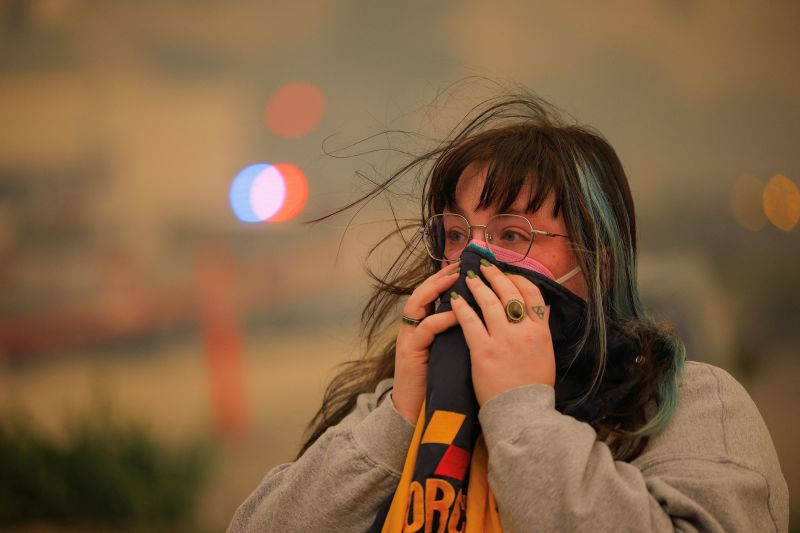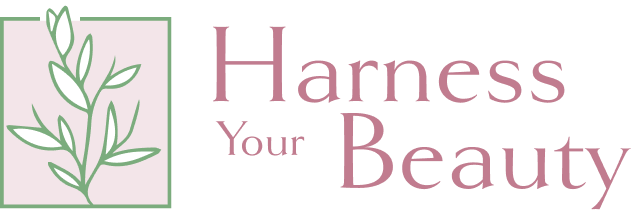
As some people return to the structures spared from Los Angeles wildfires, experts warn that they should be careful of the air inside and especially cautious when cleaning up. Smoke, ash and all the toxic chemicals that come with both can seep into even well-sealed homes and pose risks to health.
“There’s a lot that has potentially happened to affect poor air quality in your home, even if you haven’t suffered any physical damage to the home itself,” said Katherine Pruitt, national senior director for policy at the American Lung Association. “The fumes and the ash, the particles that are going to be in your indoor environment, are not safe to breathe. You especially don’t want to come into contact with the ash in your lungs, eyes or skin.”
Los Angeles Public Health has declared a local health emergency for the entire county due to the fires. It prohibits the use of air blowers, including leaf blowers, in order to reduce health risks due to the ash and particulate matter from smoke.
Wildfires burn a lot more than trees and grass. The burned cars and structures can release toxic chemicals. Even after fires die down and smoke dissipates, walls, floors, furniture and other indoor surfaces may absorb toxic chemicals and smoke. These surfaces can off-gas for weeks or even months, studies show, although that will reduce over time.
Wildfires contribute to harmful fine particle pollution, which is at levels bad for human health in the area even before the wildfires. The American Lung Association’s State of the Air report for 2024 listed the Los Angeles area as one of the top 10 cities polluted by year-round particle pollution. It’s been No. 1 for ozone pollution for decades, Pruitt said.
With the wildfires now on top of that, the air quality index has been sitting at “unhealthy” levels for many parts of Southern California for several days.
Symptoms to watch for
Toxicological and epidemiological studies suggest that particle pollution from wildfires is more harmful to the respiratory system than equal doses of particle pollution from other causes.
Exposure to particle pollution can make the eyes burn and the nose run, and it can embed deep in the lungs, leading to breathing problems such as bronchitis. The minuscule particles can also get into the bloodstream and cause inflammation, aggravating diabetes, chronic heart disease and other health conditions.

A 2024 study of the Marshall Fire in the Boulder, Colorado, area showed that bad air hung around inside homes even after the smoke had cleared. Researchers found elevated levels of metals and polycyclic aromatic hydrocarbons (PAHs) in ash, in addition to volatile organic compounds (VOCs) in air samples inside people’s homes.
VOCs can be toxic to humans, and at least one VOC, benzene, is known to cause cancer. Exposure to PAHs is also associated with increased cancer incidence, according to the World Health Organization.
When researchers in the Boulder study surveyed nearby residents, they reported symptoms related to the smoke and ash including headaches, coughing, sneezing, sore throat and watery eyes even six months after the 2021 fire. Those who lived closer to burned-out buildings reported more symptoms.
The number of people reporting symptoms declined a year after the fire, but even two years out, about a third of those surveyed reported at least one smoke- and ash-related symptom.
How to stay safe during cleanup
There are some ways to reduce exposure to these harmful substances if you’re in an area affected by wildfires. The US Environmental Protection Agency recommends checking HVAC filters every few days and changing them if they look dirty. A clean filter is much more effective at protecting inside air.
People who have HVAC systems that use a high-efficiency filter (MERV-13 or higher) should run the system’s fan as often as possible by putting the fan to “On” rather than the “Auto” setting.
Portable air cleaners can help, too. Those with HEPA filters and charcoal filters work best, Pruitt said. The EPA suggests putting air cleaners in rooms where people spend the most time and running them as often as possible on the highest fan speed until any smells go away.
The EPA also suggests limiting activities that can create even more fine particle pollution, such as frying or broiling food. Avoid vacuuming unless the vacuum has a HEPA filter, and don’t smoke or vape indoors.
Although there may be a lingering smell from the wildfire, don’t burn candles or incense inside, which just creates more particle pollution. And soap and water are best for cleaning, rather than aerosols or chemical cleaners that may interact with some of the chemicals in ash.
Don’t try to clean with a traditional vacuum or broom, which will just push the tiny particles into the air. If you’re using a vacuum with a HEPA filter, start by misting surfaces with water to keep ash from floating around.
- Sign up here to get The Results Are In with Dr. Sanjay Gupta every Friday from the CNN Health team.
When cleaning, wear gloves, goggles, long sleeves and long pants and socks to protect skin, and use a N95 or a P100 respirator mask to keep from breathing in ash. “Not a surgical mask. Not a cloth mask. Those aren’t good enough to keep out those very fine particles and some of the gases that you might need to worry about,” Pruitt said.
Ash should be washed off skin as quickly as possible. Before leaving a cleanup site, change clothes so ash doesn’t get tracked into the car or into other locations.
People who have heart or lung diseases like asthma or COPD, the elderly, children and pregnant people should all avoid ash cleanup work because particle pollution is particularly hard on their systems. Older and younger bodies have a harder time expelling pollution from their lungs.
Pets should be kept out of the ash since they are also more susceptible to getting sick. Wash their paws if they do walk through it.
And no matter how quickly you’re trying to clean, Pruitt said, it’s good to take fresh air breaks frequently.
“Hopefully, the outdoor air will have cleared up and you can open up the house and start to air it out,” she said. “If the outdoor air is still smoky, create a clean room with an air cleaner so you can go in there and take a break. And if you experience any symptoms like breathing problems or pain or discomfort, stop cleaning and check with your health care provider before you continue.”
